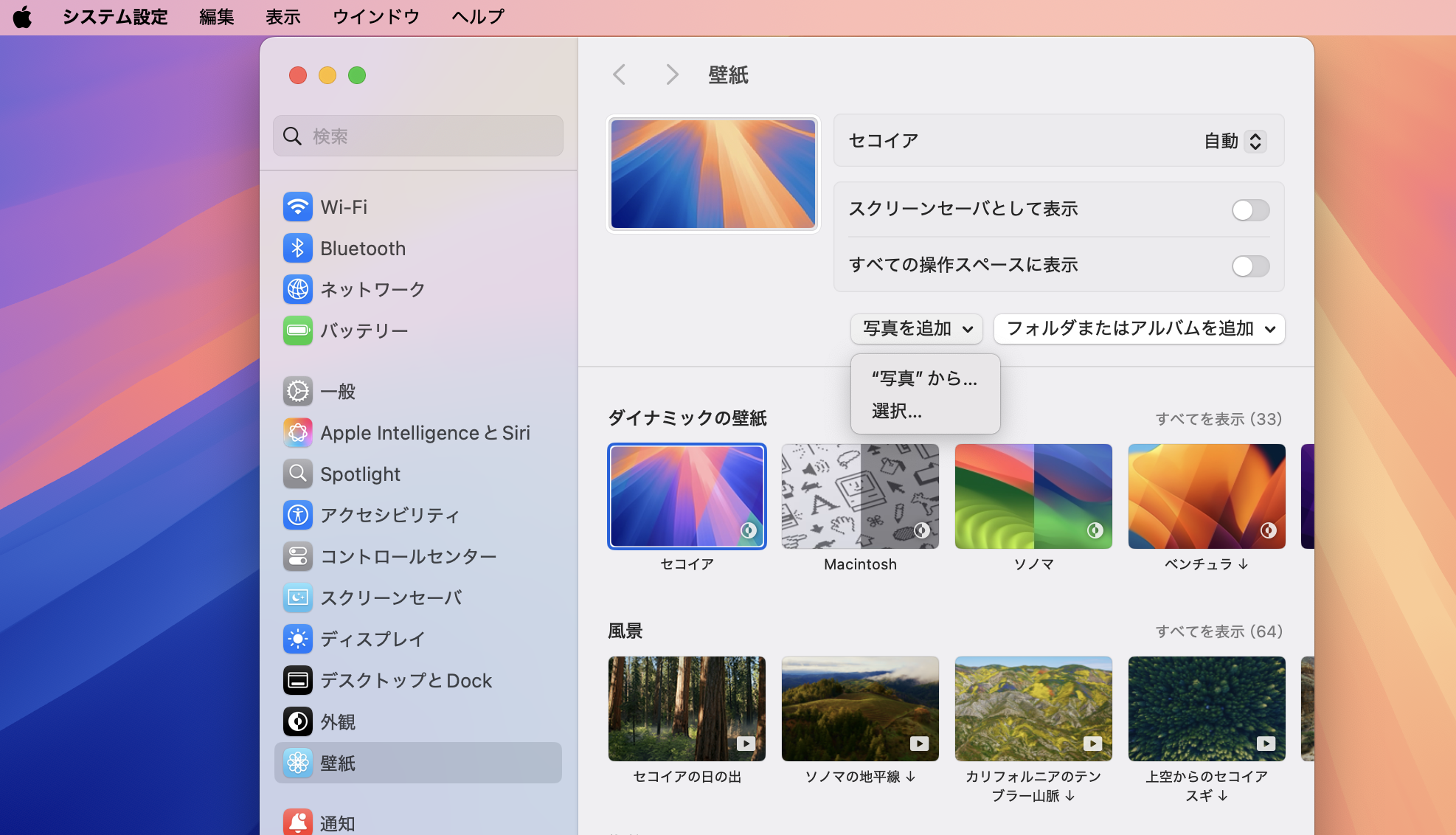Critical Issue: How to Break the Google Cloud MFA Login Loop
0. [Resolved] Outcome and Final Conclusion (Updated December 2025)
Regarding this issue, I have finally successfully logged in and resolved the problem. I would like to share the conclusion with those who visited this article facing similar circumstances.
Results of Support Consultation and Investigation
Initially, I requested an investigation through Billing Support to a specialized team. However, it took considerable time to coordinate the scope of responsibility between departments (Billing Team ⇄ Technical Team). Ultimately, I was informed that the "Technical Team could not investigate as it was outside their scope," and the case was closed with a suggestion to use the official community forums.
The 7-Day Waiting Period
However, immediately after the support interaction ended—approximately 7 days after the error first occurred—the situation improved after I refrained from any operations. The 2-Step Verification (2SV) process, which had previously blocked me with the "We couldn't verify it's you" error, successfully went through. I was then able to configure my security settings and log in to Google Cloud.
Based on the login history, the presumed factor for resolution is: "By refraining from login attempts for a certain period, the system's security lock was automatically lifted."

